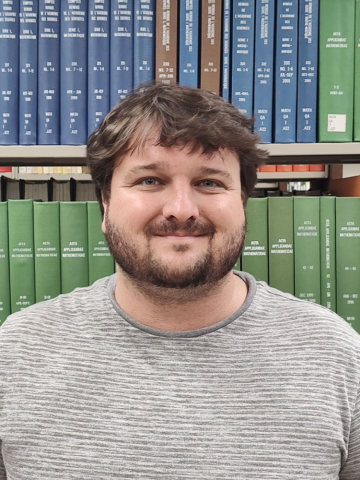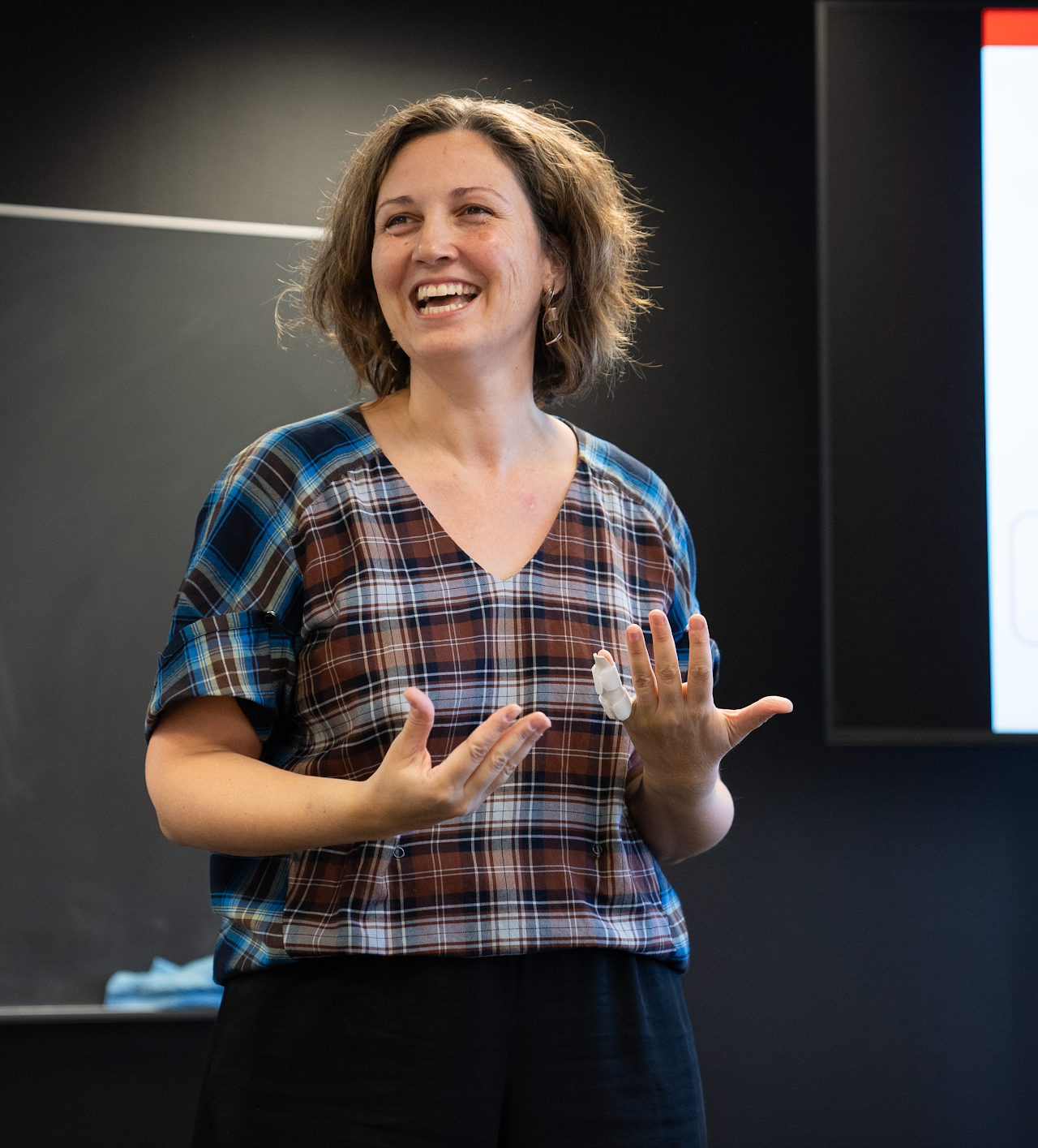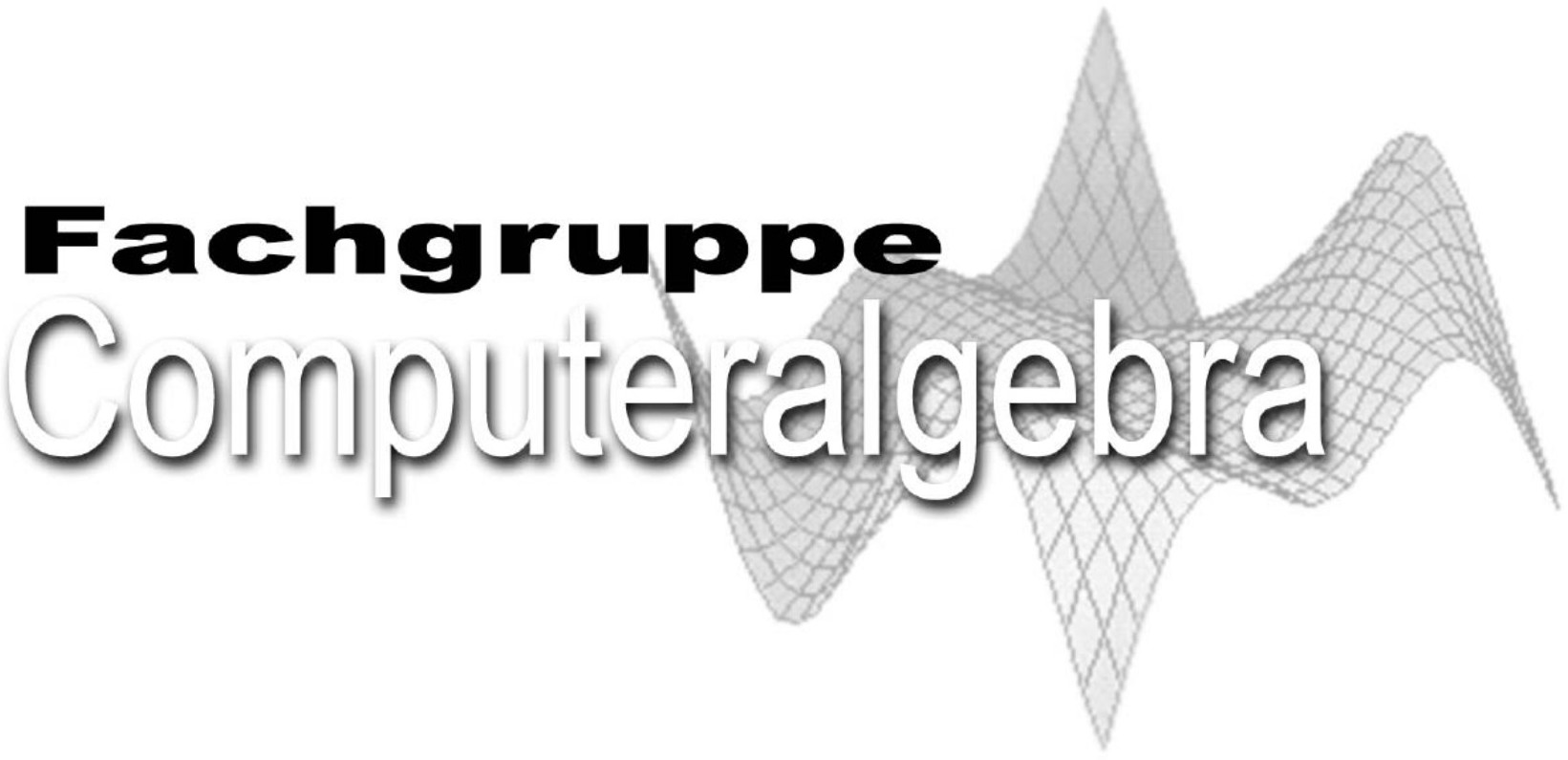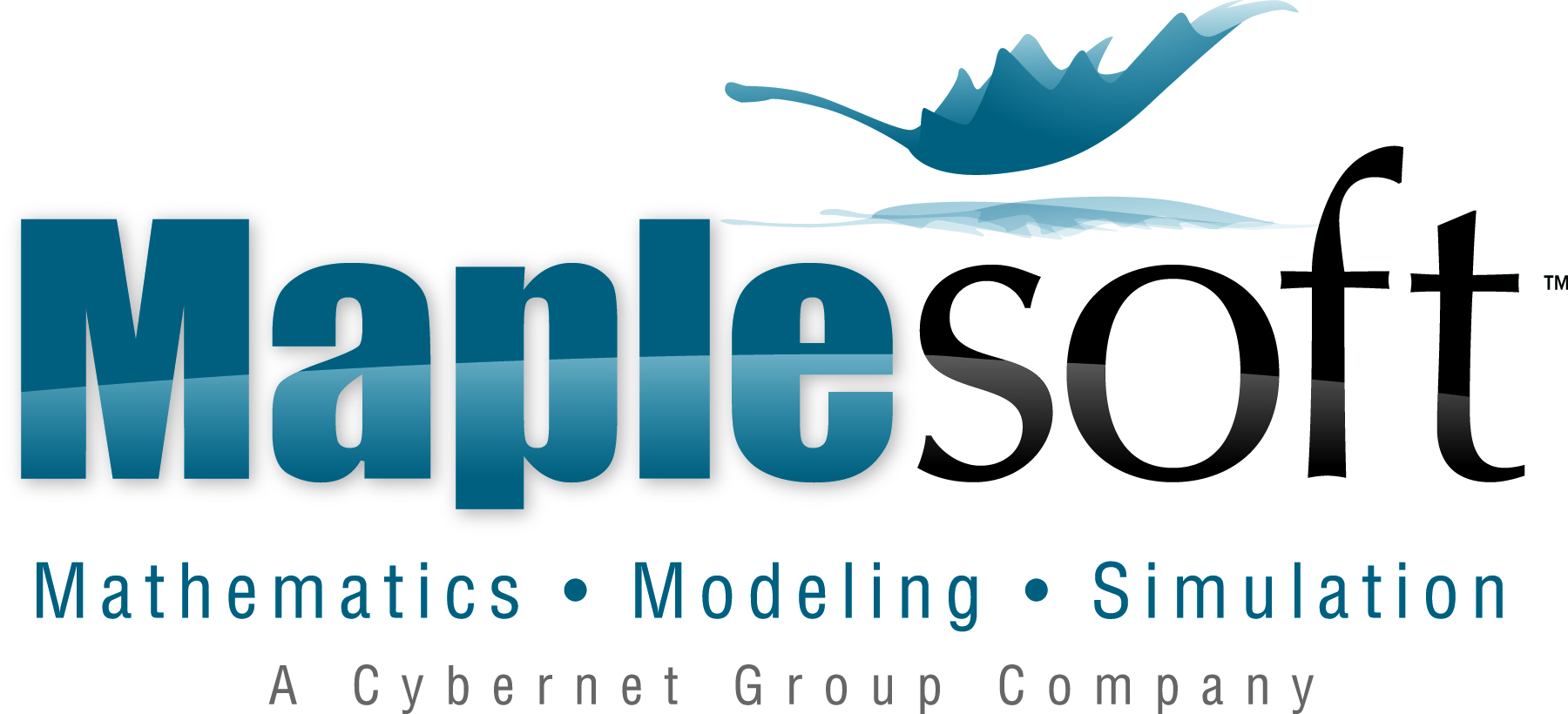Tutorial Speakers
Titles and Abstracts
|
Timothy Duff
University of Missouri - Columbia, USA  |
Numerically Computing Galois groups of Minimal ProblemsAbstract: I will discuss a seemingly unlikely confluence of topics in algebra, numerical computation, and computer vision. The motivating problem is that of solving multiples instances of a parametric family of polynomial systems. No doubt already of interest to ISSAC attendees, this problem arises in the context of robust model-fitting paradigms currently utilized by the computer vision community (namely "Random Sampling and Consensus", aka "RanSaC".) This talk will give an overview of work in the last 5+ years that aspires to measure the intrinsic difficulty of solving such parametric systems, and makes strides towards practical solutions. |
|
Sonja Petrović
Illinois Institute of Technology, USA  |
Probability and randomness in computing with polynomial idealsAbstract: Many problems in symbolic computation with polynomials have high worst-case complexity. At the same time, in many areas of computational mathematics, significant improvements in efficiency have been obtained by algorithms that involve randomization, rather than deterministic ones. This tutorial will overview a randomized sampling framework from geometric optimization to applied computational algebra, and demonstrate its usefulness on two problems, including solving large (overdetermined) systems of multivariate polynomial equations. We will also briefly tackle the following related questions: What is a systematic way, in a probabilistic-model sense, to generate polynomial ideals randomly? What can be (machine) learned from such data sets? These topics are based on joint work with various collaborators and students, and form a two-step process in learning on algebraic structures. |
|
Cordian Riener
UiT The Arctic University of Norway, Norway  |
Exploiting Symmetries in Symbolic ComputationAbstract:
Symbolic and algebraic computations play a central role in many areas of mathematics and its applications. However, as the number of variables increases, these computations often become prohibitively complex—a phenomenon commonly referred to as the "curse of dimensionality." One effective way to mitigate this challenge is by exploiting symmetry, a fundamental mathematical principle that can greatly simplify both the formulation and solution of complex problems.
|




